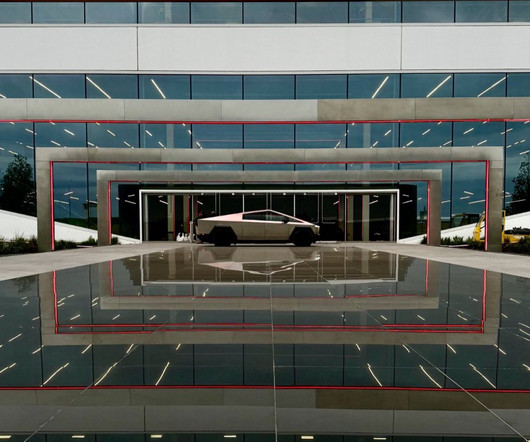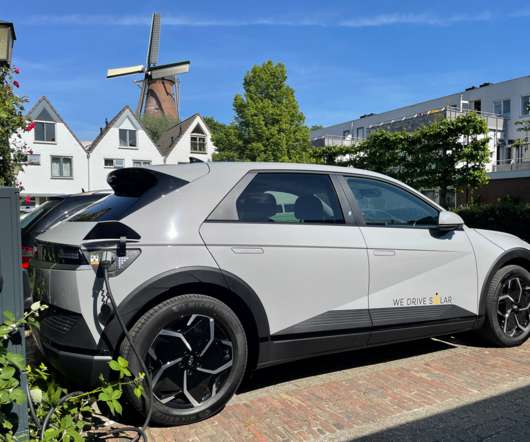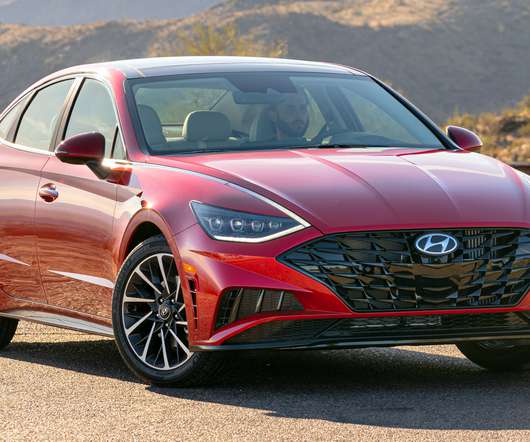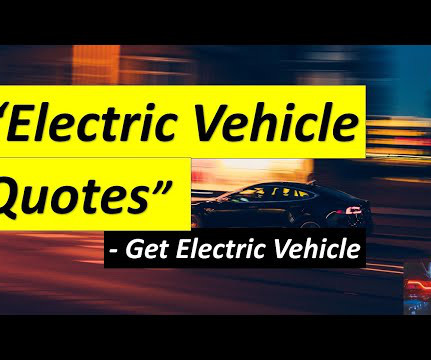Ford cuts manufacturing energy use 22% in 6 years; targeting additional 25% Drop by 2016
Green Car Congress
JUNE 16, 2012
Ford has reduced the amount of energy required to produce each vehicle in its manufacturing facilities by 22% in the last six years. The company also announced plans to reduce usage another 25% on a per-vehicle basis by 2016. Ford vehicles continue to be a major focal point of the company’s efforts to reduce environmental impact.


















Let's personalize your content